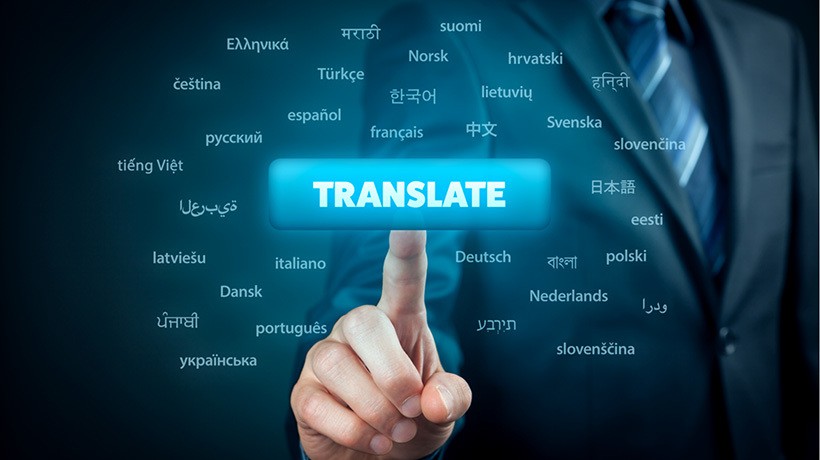Achieve Course Localization With Google Translate API
How about achieving localization in a click? Implementing localization in your learning modules helps you reach across global masses. Localization is the process in which a course is designed for a specific region, language, and culture. The capability to translate rapidly and proficiently means allowing us to enter into the reservoir of human comprehension like never before. This, in turn, will boost your sales and help you create your eLearning brand.
Let’s consider a case where an organization has its branches spread across different countries. If you are to come up with digital training modules for each of these, then it makes sense for you to release the modules in different languages so as to help them connect better with the content and comprehend the information that you are trying to convey. Failing to do so might create language barriers and block you from reaching a global audience. Sometimes, manual translation may lead to a mismatch between the original and the translated version of the content. There’s also a possibility of you missing out on any important information. This may put you off from communicating your point accurately.
A local instructor acts as a cultural facilitator when delivering courses across a global audience. In the absence of a local instructor, localization becomes critical. Many eLearning initiatives have failed because the course creators did not take into account the cultural differences of the audience whom they were attempting to train. A large investment in global training turns out to be a loss if you don’t satisfy the global masses. Hence, it is important to identify the cultural nuances and address the same so that your content meets the learning needs of your target audience, and your investment in training is successful.
Many international companies train their workforce in the English language. People whose native language is English can follow the course without any hiccups. However, others might find it linguistically difficult to follow. In such a case, translation plays a key role. Translating the training modules into their native language helps you expand your reach worldwide. This is a great solution to break socio-cultural barriers, which could hold back the growth of the company.
Google Translate is a great customer-level tool that helps convert content from one language to another. Integrating this quick and easy-to-use translation feature within your course will make localization easier. Furthermore, this will help you save time and perform efficiently.
Features Of Google Translate
1. Economical And Time-Saving
In the process of localization, the course needs to be redeveloped from scratch, using the required language. This turns out to be more exhaustive and pricey as it requires additional resources for translation and alignment checks. In Google Translate API, we just choose the required language to translate the content. As a result, the entire course is converted to that specific language without redeveloping the course. In this way, Google Translate is very economical and time-saving.
2. User-Friendly
A user-friendly interface is important to help your audience navigate easily through the course and stay connected to it. This will improve usability. The integration of Google Translate ensures an effortless and pleasant experience while translating. Creating procedures to demonstrate its application is not required as it is simple and easy to use.
3. Run-Time Language Conversion
The run-time language conversion feature helps you choose the language during the execution of the course. At any point, if you feel the content is difficult to understand, then you can translate the same content into your local language and understand the information conveyed. You can change the language any number of times.
4. Multiple Language Conversion
Google Translate API can translate a course into more than 100 languages within a second. This saves the time and memory space required for the course. Language will no longer be a barrier if you integrate Google Translate into your course.

